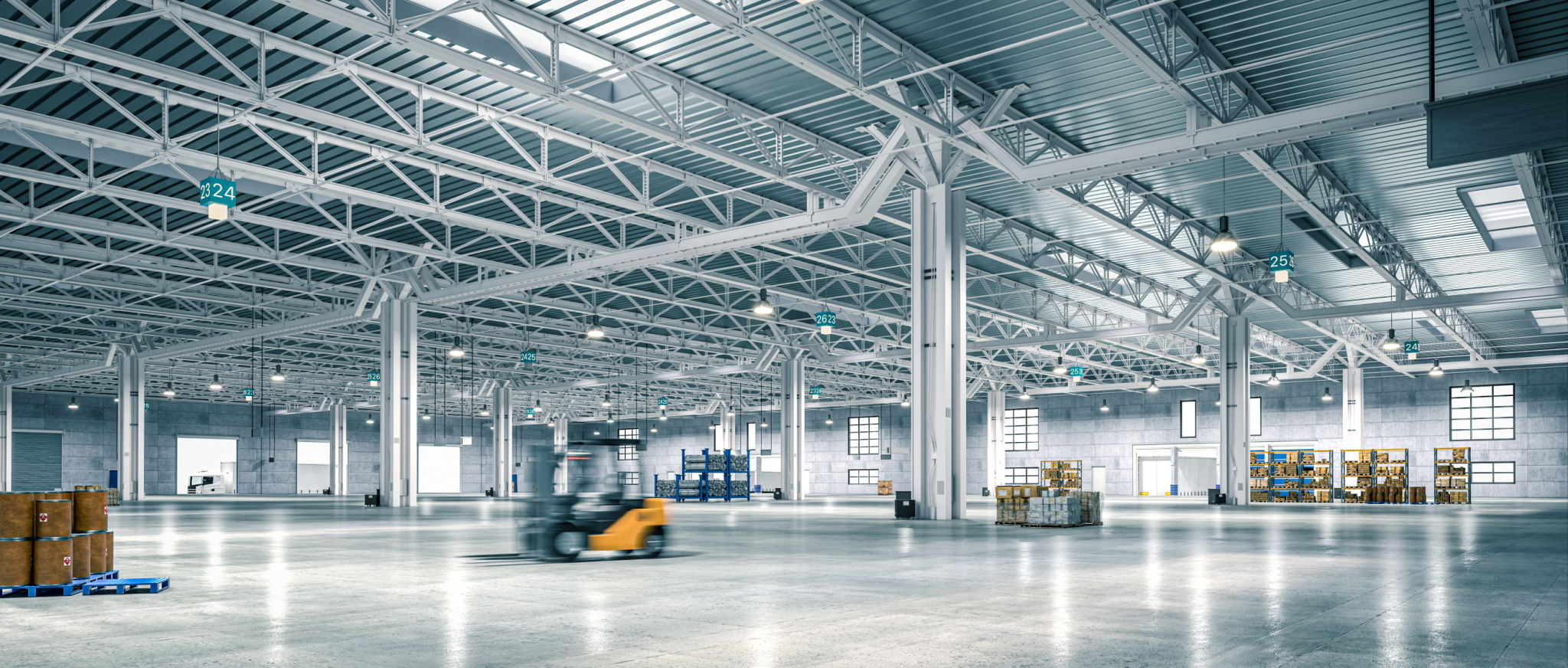Comparing Traditional vs. Modern Warehouse Designs
Introduction to Warehouse Design
Warehouse design plays a pivotal role in the efficiency and productivity of a business. The layout and structure of a warehouse can impact everything from inventory management to order fulfillment. As businesses evolve, so do their storage needs, leading to a shift from traditional to modern warehouse designs.
Understanding the differences between these two approaches can help businesses make informed decisions about their storage solutions. Let's delve into the key aspects that differentiate traditional warehouse designs from their modern counterparts.

Traditional Warehouse Design
Characteristics and Layout
Traditional warehouse designs are often characterized by their straightforward, grid-like layouts. These warehouses typically prioritize maximizing storage space with long rows of shelving and narrow aisles. This design is effective for storing large quantities of goods but may not be the most efficient for modern operational needs.
One of the main advantages of traditional designs is their simplicity. With minimal technology integration, these warehouses rely heavily on manual labor for operations like inventory tracking and order picking. While this can work well for businesses with steady, predictable inventory needs, it may not be ideal for those requiring flexibility and speed.
Challenges Faced
As consumer demands shift towards faster delivery times and greater customization, traditional warehouses often struggle to keep up. The reliance on manual processes can lead to inefficiencies and errors in order fulfillment. Additionally, the limited use of technology can make it challenging to adapt to changes in inventory or demand quickly.

Modern Warehouse Design
Innovative Features
Modern warehouse designs embrace technology and automation to enhance efficiency and flexibility. These designs often incorporate advanced systems like automated storage and retrieval systems (AS/RS), robotics, and real-time inventory tracking. Such technological integration allows for quicker response times and improved accuracy in operations.
The layout of modern warehouses is often more dynamic, with wider aisles and flexible storage solutions that can adapt to changing product sizes or volumes. This adaptability is crucial for businesses dealing with fluctuating demands or diverse product lines.
Benefits of Modern Designs
By leveraging technology, modern warehouses can significantly reduce labor costs and boost productivity. Automation minimizes human error, leading to faster and more accurate order processing. Moreover, real-time data collection enables better decision-making, allowing businesses to optimize their supply chain operations effectively.

Comparing Costs and Implementation
While modern warehouse designs offer numerous benefits, they often come with higher initial costs due to technology investments. However, these costs can be offset over time through increased efficiency and reduced labor expenses. Traditional warehouses, on the other hand, may require less upfront investment but could incur higher operational costs in the long run.
Implementing a modern warehouse design requires careful planning and consideration of the specific needs of a business. It is essential to evaluate factors such as inventory type, customer demands, and growth projections when deciding between traditional and modern approaches.
Conclusion: Finding the Right Balance
The choice between traditional and modern warehouse designs ultimately depends on a business's unique requirements and goals. Some may find that a hybrid approach, combining elements of both designs, offers the best balance of cost-effectiveness and efficiency.
As technology continues to evolve, businesses must stay informed about the latest trends in warehouse design to maintain a competitive edge. By understanding the strengths and limitations of each approach, companies can make strategic decisions that drive success in an ever-changing market landscape.
